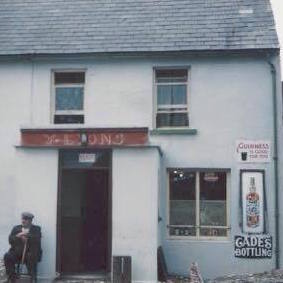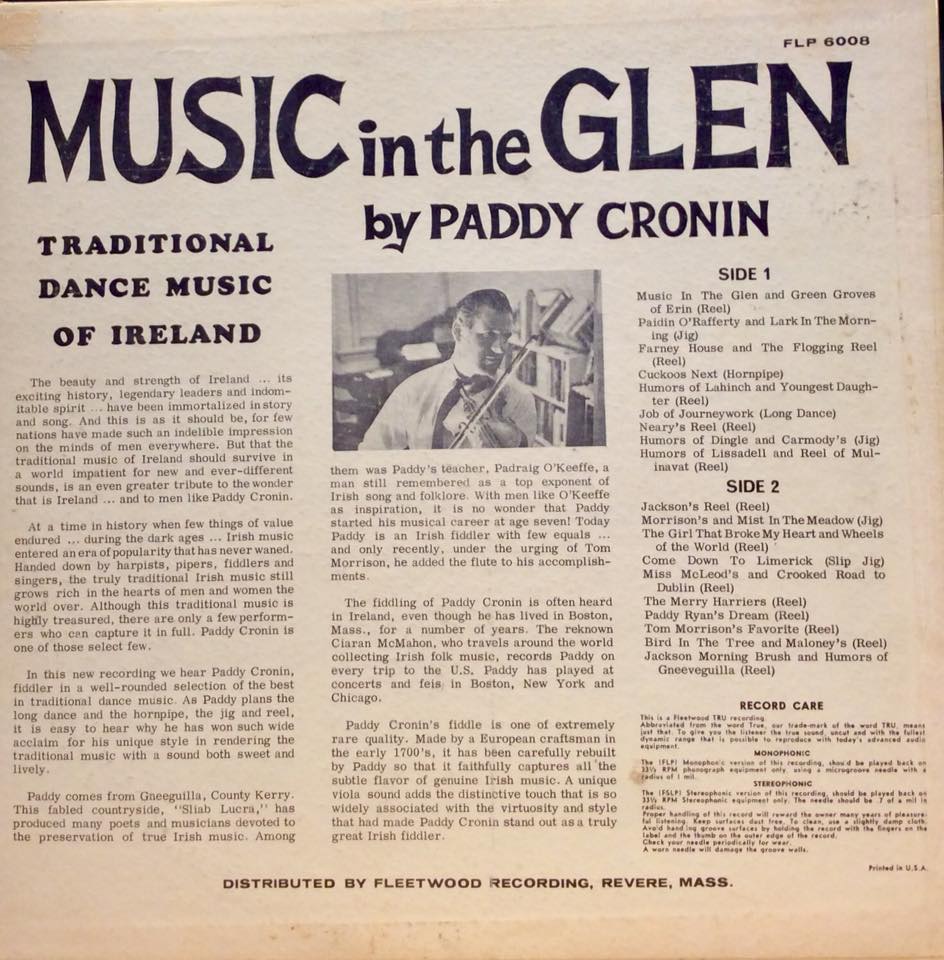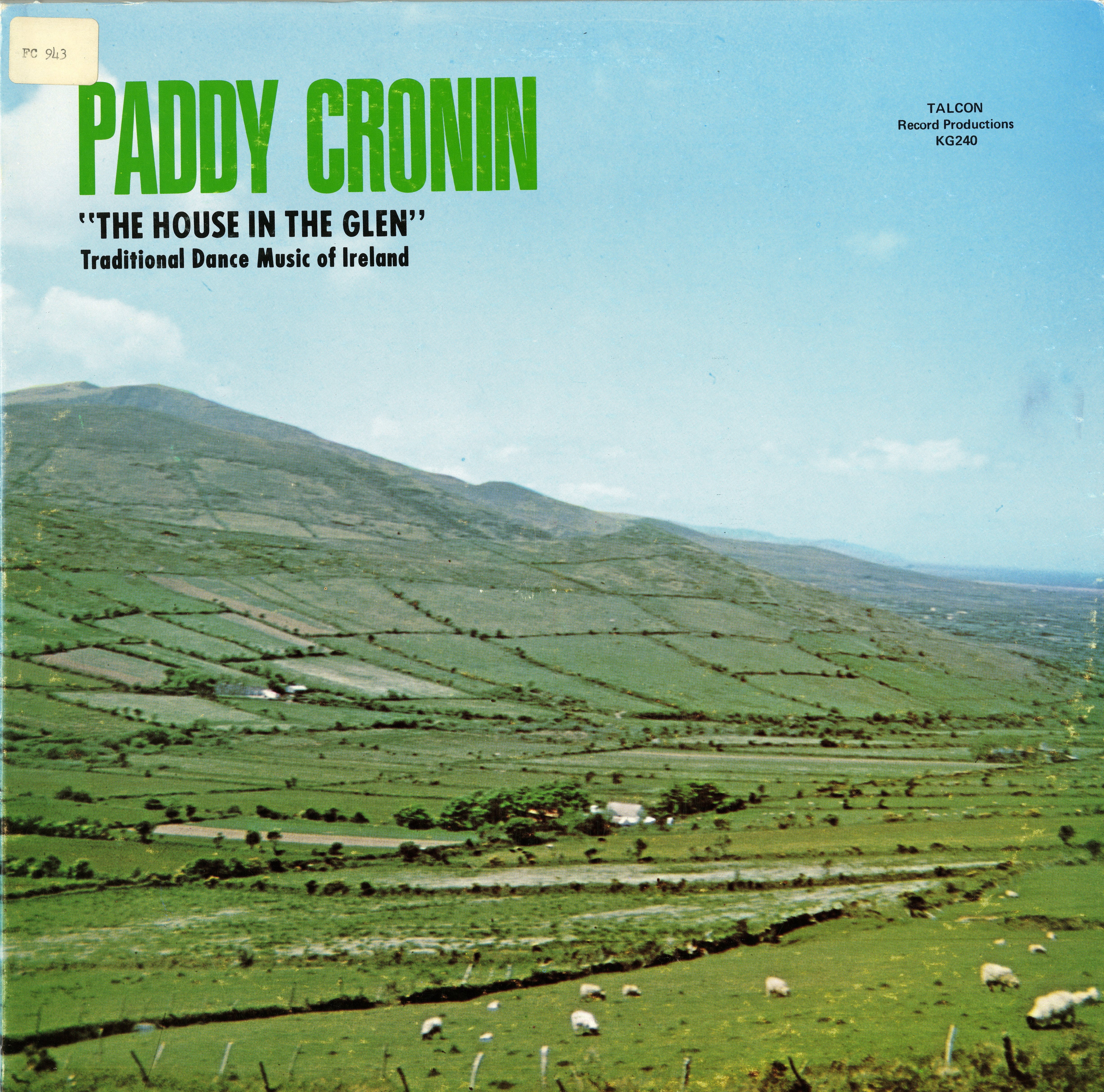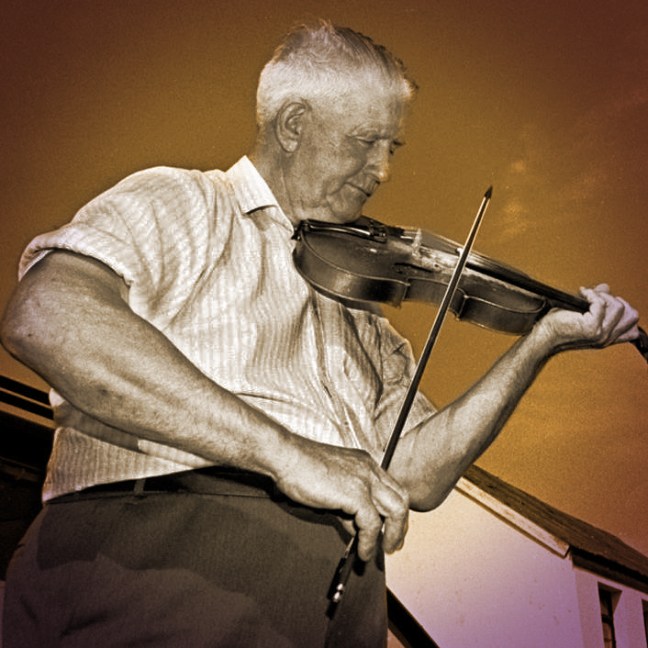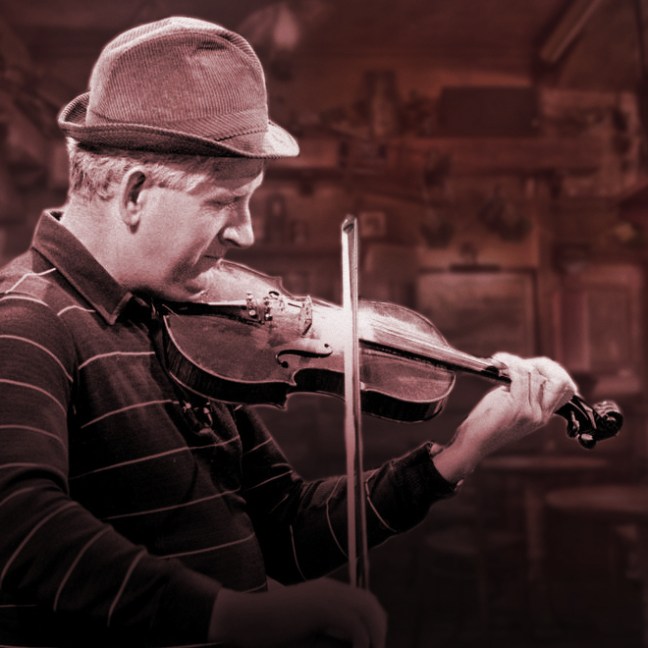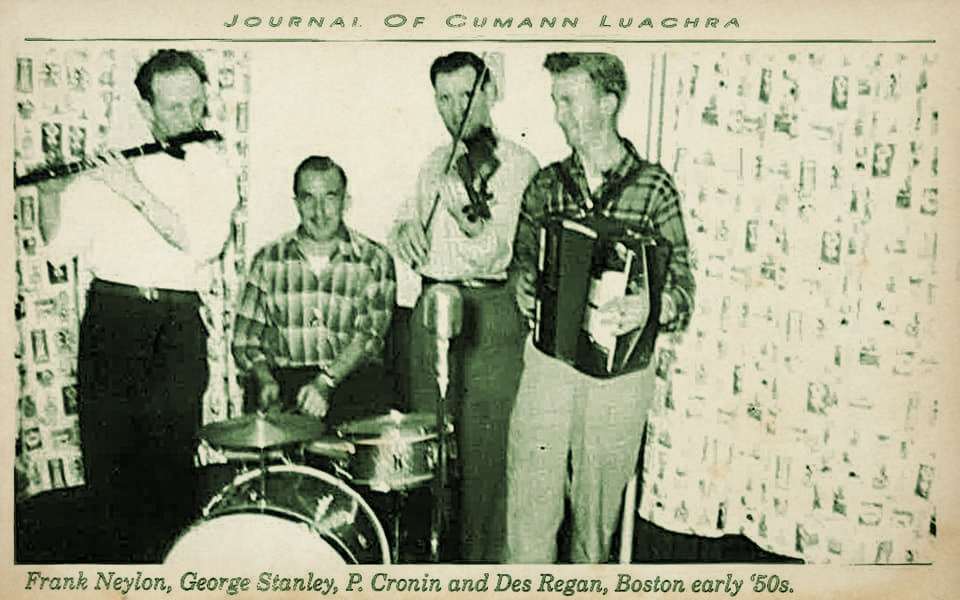“Gerry Harrington and Billy Clifford have had a lifelong affinity with the music of Sliabh Luachra and have been making the music ‘purr’ in its sweetest most lyrical form for many years. The first time I heard Billy Clifford play was when himself and his mother Julia took to the stage in The Cork Opera House in the early 1980’s to play a set of slides in a concert celebrating the composer Sean Ó Riada. It’s a performance that still burns bright in my memory. Their music was delicate, sweet, full of personality and devilment and at times deceptively simple. What I heard in their music became a standard bearer in my own endeavours to learn the music of Sliabh Luachra. It drew me into a wonderful journey of exploring the music of The Murphys of Lisheen. A journey with no end. Billy’s playing does that to people. It gets you thinking. It reminds you of previous recordings of The Star of Munster Trio in which he played with Julia and his father John Clifford and the many other musical webs that his mother wove with Denis, Pádraig Ó Keeffe and Johnny Ó Leary.
“I’ve known Gerry Harrington since my teenage years back in the early 1990’s. We first played together at the Patrick Ó Keeffe festival in Castleisland when The Smokey Chimney comprising of Gerry, Eoghan Ó Sullivan and Paul de Grae were to the fore front of performing and recording music from the Sliabh Luachra survives in its purest form. His recent recording of accordionist Timmy Connors ensured that Timmy’s contribution to our music was properly documented and archived. Another feature of this recording is that most tracks were recorded on Julia Clifford’s iconic Stroh fiddle that Billy had restored and brought back to life. Hearing it in full health brings back lots of memories and it contributes to the mood of the album. Gerry’s deep respect for generations that have handed us the torch is evident in this recording Now She’s Purring, a reference to Pádraig Ó Keeffe’s expression when the music was sounding good and all was well with the world. Gerry displays a great understanding of Billy’s style of playing and the result is an excellent duet album. The tunes are played in settings many will not have previously heard and the accompanying notes give a complete history. It’s a recording that will stand the test of time and I highly recommend it.”
–Paudie Ó Connor
released July 9, 2018


